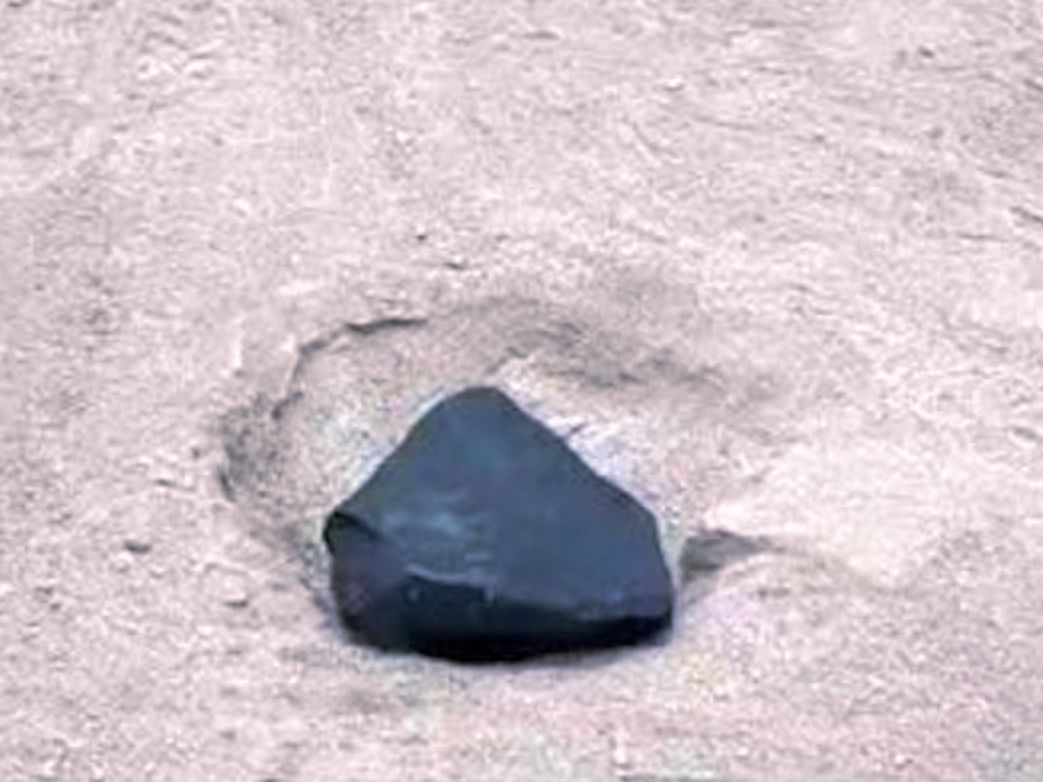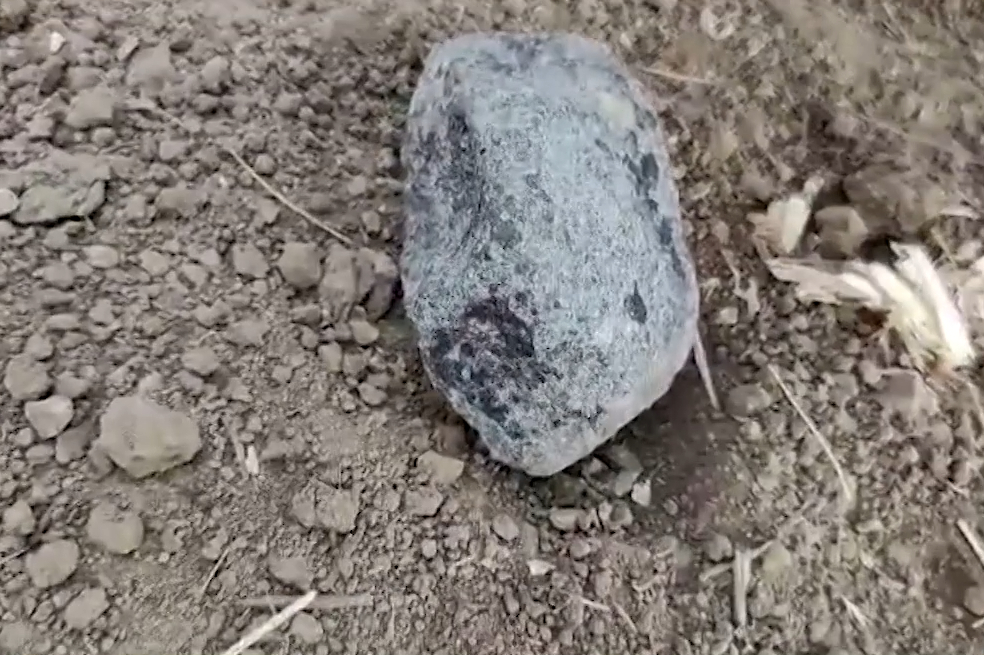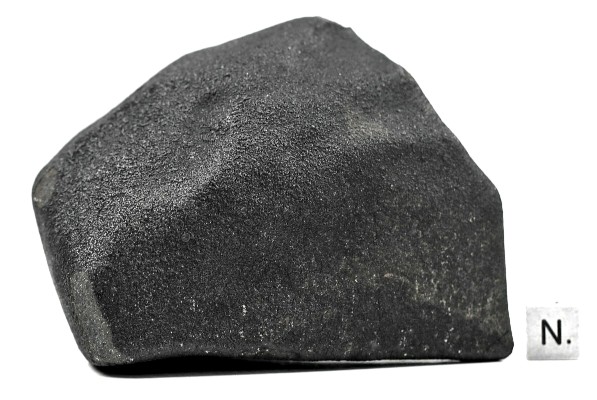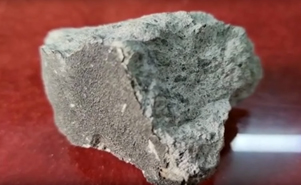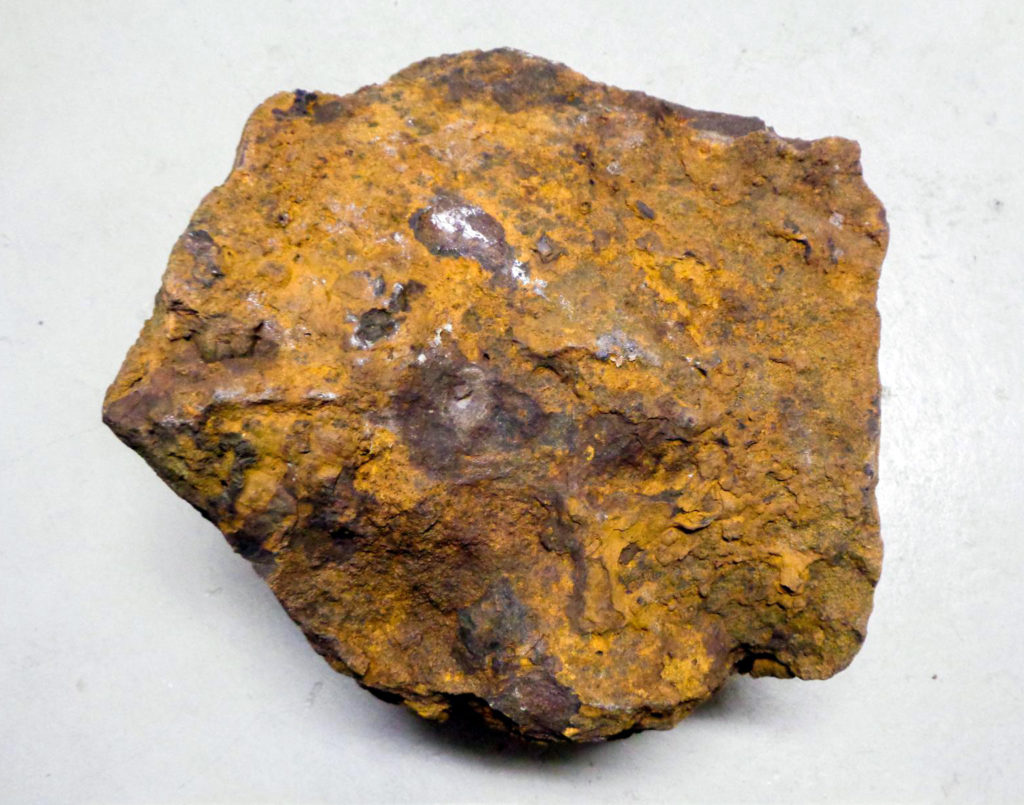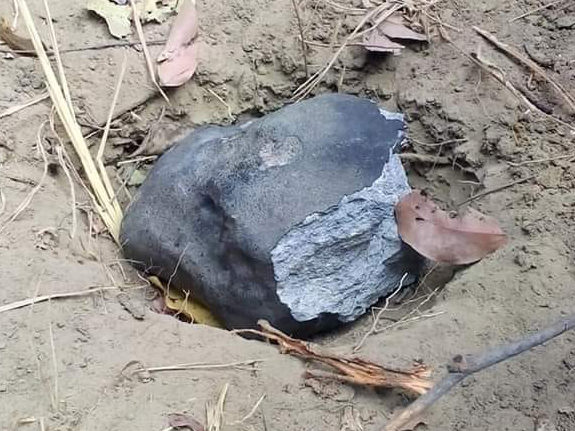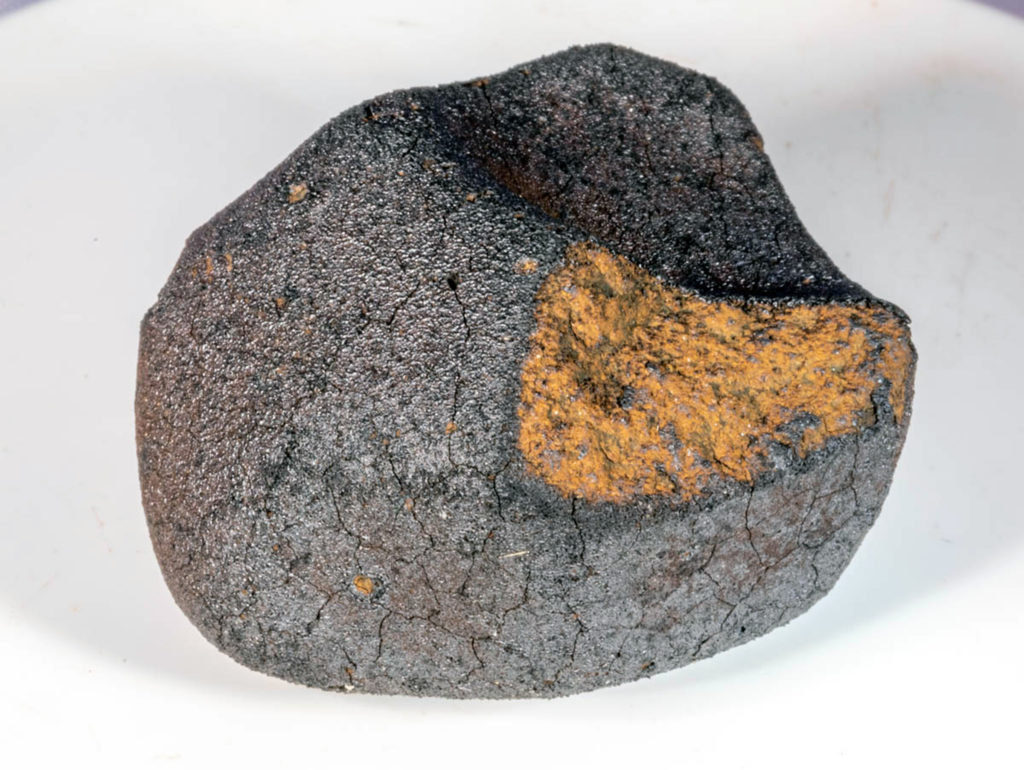Geochemistry, thermal evolution, and cryovolcanism on Ceres with a muddy ice mantle
Marc Neveu, Steven J. Desch
Geophysical Research Letters
10.1002/2015GL066375
published: 12 December 2015
“We present a model of the internal evolution of Ceres consistent with pre-Dawn observations and preliminary data returned by Dawn. We assume that Ceres accreted ice and both micron- and millimeter-sized rock particles and that micron-sized fines stayed suspended in liquid during differentiation. We conclude that aqueously altered grains were emplaced on Ceres’s surface during the first tens of megayears of its evolution. Our geochemical simulations suggest that Ceres’s unusual surface mineralogy is consistent with aqueous alteration of CM material, possibly by NH3-bearing fluid. Thermal evolution simulations including insulating fines yield present-day liquid at depth if Ceres has a small core or no core at all; otherwise, they yield temperatures at the core-mantle boundary of 240–250 K, just warm enough for chloride brines to persist and be freezing today. We hypothesize that ongoing freezing may overpressurize liquid or briny reservoirs, driving cryovolcanic outflow whose surface expression may have been observed by Dawn at Ceres’s “bright spots.” These outflows may contribute to the water vapor being produced at Ceres.”

